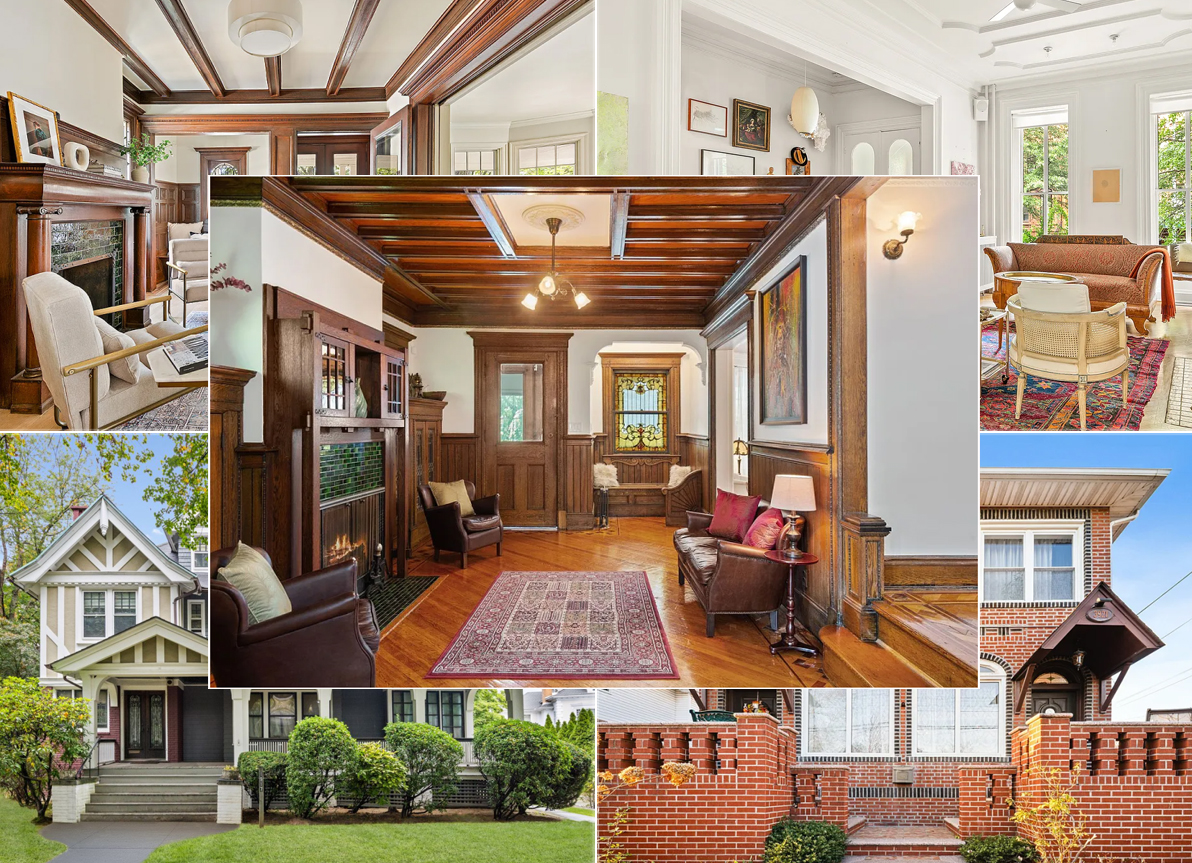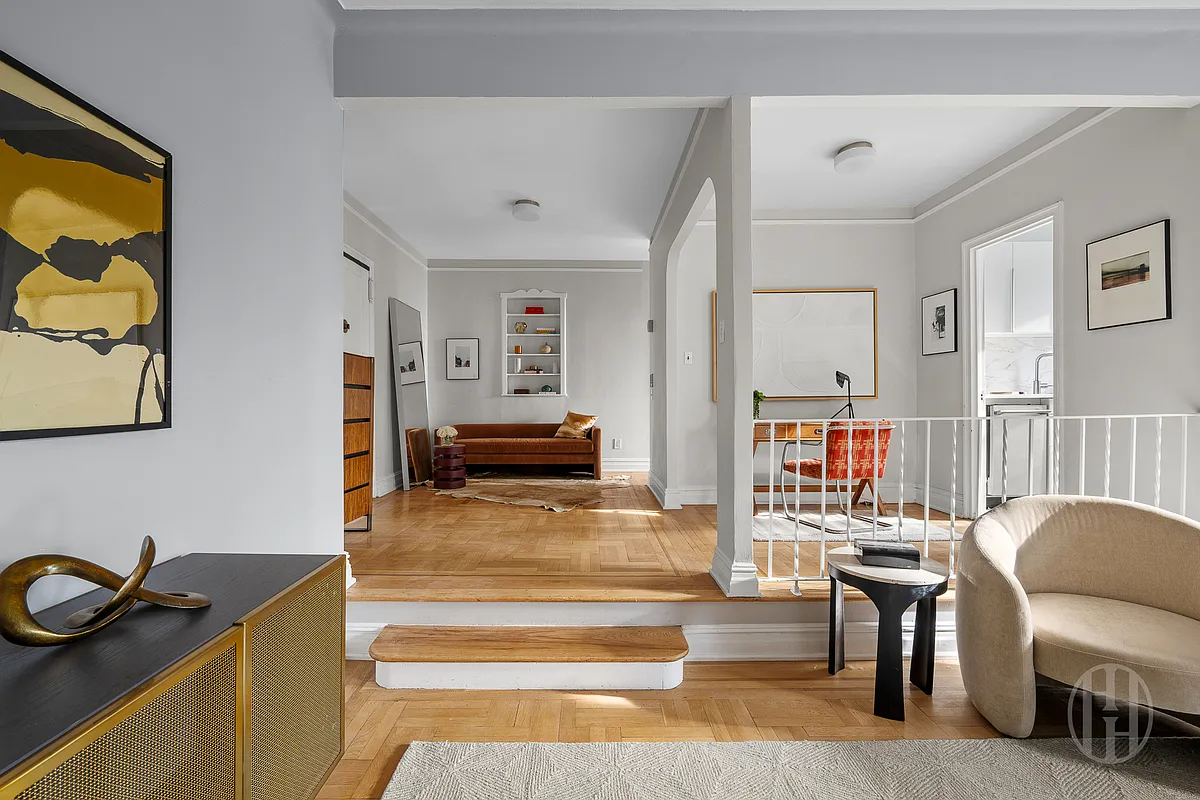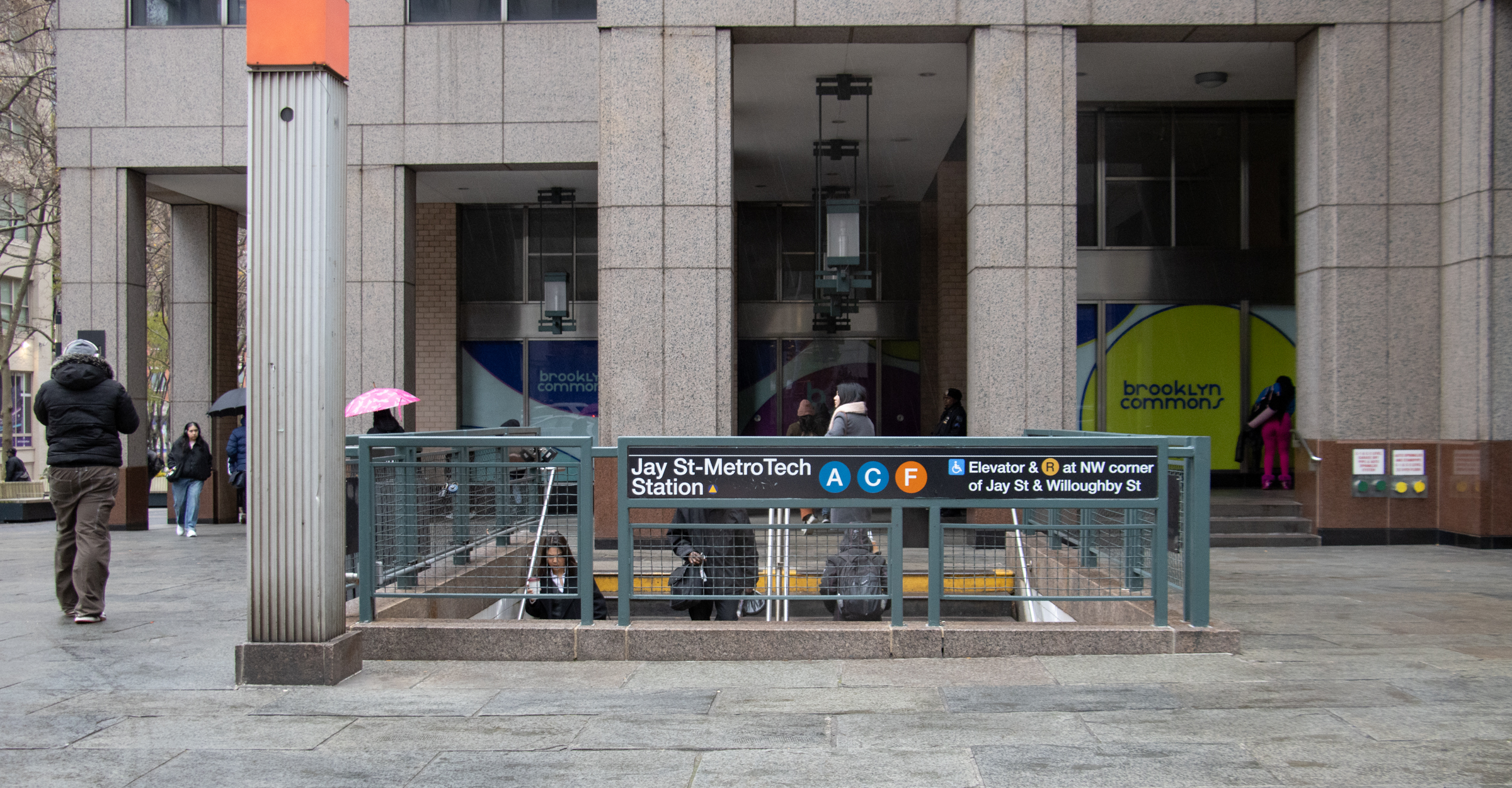Busted Down on 14th Street...
Despite having had a house in a landmark district for five years, the owner of 470 14th Street in Park Slope couldn’t be bothered to play by the rules when she decided to spruce up the exterior of her 1892 William Hawkins-designed townhouse earlier this year. Now, after the fact, she’s having to go back…
Despite having had a house in a landmark district for five years, the owner of 470 14th Street in Park Slope couldn’t be bothered to play by the rules when she decided to spruce up the exterior of her 1892 William Hawkins-designed townhouse earlier this year. Now, after the fact, she’s having to go back to LPC to try to get approval for the unauthorized windows and paint job. While they’re at it, they should take a look at that door. It doesn’t exactly scream “original!”
December 18, 2007 Agenda [LPC] GMAP





12:32
I agree, this blog is all about upward mobility. Not staying in your parents’ house until they die (the European model).
“But I have no intention of leaving the home I’ve lived in my entire adult life and in which I raised my children”
I think you’re commenting to the wrong people. This is the “if you can’t afford it, then MOVE” crowd.
sg.
I know that block. Nice block.
My guess is that the light color for the masonry is in fact original, and that townhouse is infill, perhaps built a touch later than its neighbors. Its paint scheme may well be appropriate, especially if the masonry has been painted for while.
Designation of this area has been in effect since 1973, so I’m guessing most owners have a sense that some obligation to the city is in place for their facades. And 1973 is long before the term “yuppie” was coined, so we should look elsewhere for that blame. Jane Jacobs, maybe? Jackie Onassis?
As for the question of original paint color for windows or doors, this can be tricky — not because tax lot photos are B&W and therefore mostly unhelpful, but because original paint colors were likely covered by another color (black, usually) in the early twentieth century. Usually a little careful scraping of some original trim can reveal a few layers of paint, sometimes the original one is underneath.
***
Now, as for the old timers versus yuppie scum debate: at base, people can do anything they want to their house — LPC certainly isn’t going to have a vigil in front of your house. But if you put in historically-inappropriate materials on a historic-district house, you may receive a violation, which certainly doesn’t prevent e.g. the sale of your house (unless the buyers make it an issue). However, it can make getting a legal permit to do other work down the line problematic.
So the choice is essentially deal with it now or let the next owners or your next-of-kin deal with later. An if one doesn’t care for the LPC, it’s good to remember its power derives from a law like any other, which can be overturned with enough reason or groundswell.
As a long term resident of a landmarked block, I am indeed very happy with the current value of my home. Against this happy development I have to put (among other things):
1) higher property taxes,
2) the joys of working with the LPC every time I need to replace a window pane,
3) the disappearance of a number of my favorite neighborhood businesses and their replacement by far more expensive bars/restaurants/shops that cater to people in income brakets far higher then mine.
However, the only way I can realize any benefit from this increase in the value of my home is to a) sell and move or b) borrow. But I have no intention of leaving the home I’ve lived in my entire adult life and in which I raised my children, or in going further into debt.
Now, overall I think gentrification is a good thing. My neighborhood wasn’t so nice when I first moved here. But there is only one word for people who move to a neighborhood and feel entitled to tell a long term resident what he can do with his property – ASSHOLE.
Most people in historic districts accept landmark regulations and try to avoid violations. That is not to say that the permit process at the Commission is all that it should be. The staff there is always changing, and they are inconsitent.
One of the worst things is to fall in the hands of a newly-minted preservation analyst who thinks the free world hinges on your… hinges.
Toture pure and simple, but at least I do not think they are corrupt. just slow.
I think some reforms would be welcome. Why don’t the various community organizations get together and put pressure on the commission to be more user-friendly?
There is strength in numbers.
I have a hard time feeling sympathetic for anyone who has made a $1 million plus on appreciation of their house. If it is that horrible they should sell the house and buy a block away where it is not landmarked and will be significantly cheaper.
“What about existing homeonwers who got to the neighborhood before the yuppie stroller-pushers?”
Your argument is so tired already. The only reason your property values have shot up, and why you are now house-rich, is because of these “yuppie stroller pushers.”
11:16 – “then don’t buy in a landmark district”
What about existing homeonwers who got to the neighborhood before the yuppie stroller-pushers? And people wonder why there is such hostility to the Park Slope crowd – their aesthetic tastes have been forced down the throats of long term residents who now face a choice between 1) letting their property fall apart and 2) doing repair work under the hugely expensive constraints imposed on them by the LPC.
11:16 – that is precisely my point. If the LPC confined its work to preserving the overall character of neighborhoods from tasteless new developments, then I’d be all for it. Unfortunately, it has already won most of the big battles vs. property developers, so to preserve its existence (and power) it has created an approval process that imposes huge time and financial burdens on individual homeowners for even the most trivial repair work.